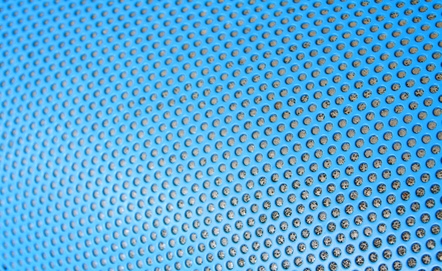
Both body filler and fiberglass are used in creating, smoothing and fixing car surfaces. The two materials overlap, but also have distinct areas of use. Body fillers often have fiberglass materials in them, but fiberglass often requires the use of body fillers to be properly finished. In general, fiberglass is a coating used for the entire vehicle or object, while body filler is used to touch up or correct mistakes.
Body filler is a type of resin that comes in small cans or tubes and is used to coat over existing surfaces. It cannot replace paint, epoxy, or fiberglass, but is used to correct mistakes made with these other substances and smooth out specific areas to give a better texture.
Fiberglass is a multi-stage coating applied to a surface that requires some type of backing, a mat, and a mixture of resin and hardener. Many qualities of fiberglass depend on what ratio the hardener and resin are mixed and the qualities of both. The mat is either dipped in the fiberglass solution, or the solution is brushed on and allowed to dry, then carefully sanded down to remove rough edges.
Two different types of body fillers exist. The first type has fiberglass strands in it and is used to strengthen parts and objects in a similar manner to fiberglass, albeit over a much small area. This also allows the body filler to be used to touch up fiberglass work and correct areas that need to be made level or filled in. Short and long strand fiberglass fillers are available, depending on the type of work. The second type of body filler is the kind without fiberglass and is used only for light touch up or spot correction work; these do not provide strength or stability.
Both fiberglass and filler resin use the same type of compounds to harden and dry, but the fiberglass has the addition of a hardener and will often harden fully in one day, although it make take several days for it to completely cure. Filler can be used with hardener, but it is more commonly used alone and will take longer to properly cure. Generally, the warmer the temperature, the better both filler and fiberglass will cure, with the optimal temperature around 75 degrees Fahrenheit.
While fiberglass cannot be used on any other material, fiberglass filler can be used on other coatings, but it is generally advised to use it on bare metal. If there is any type of epoxy coating, the filler will not bond properly to it and will have only a mechanical adhesion, which can lead to problems later on. Bare metal or fiberglass is best, and epoxy primers will only interfere with the filler.